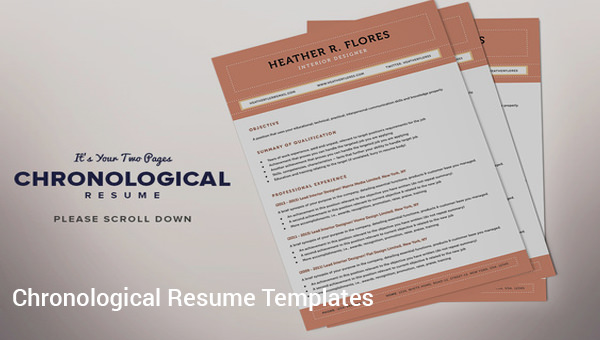Applying for a job is one of the most daunting experiences in life. And at the same time, it’s also exciting. Starting a career, being a part of a reputable company, and working with other people are things worth looking forward to. But before all of that, you have to prepare a professional resume. It’s one of the necessary documents to apply for a job. A resume represents your identity as a competent individual and worker. So if you want to obtain your dream job soon, prepare your quality resume asap. Use our Sample Chronological Resume Templates to make things easier for you!
FREE 6+ Sample Chronological Resume Templates
Reverse Chronological Resume Template
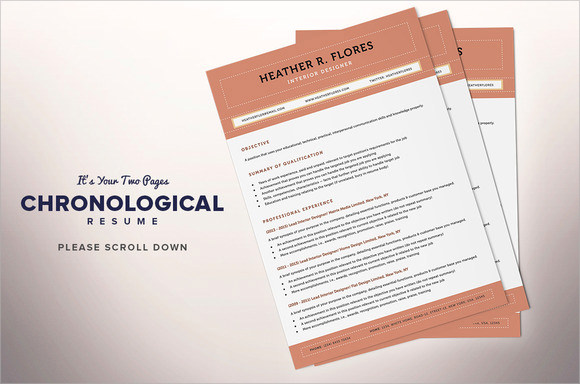
Chronological Resume Templates
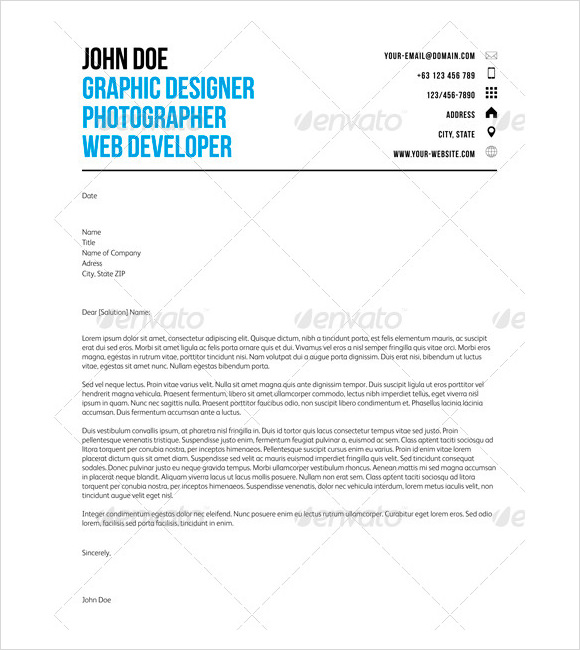
Chronological Resume Template Download
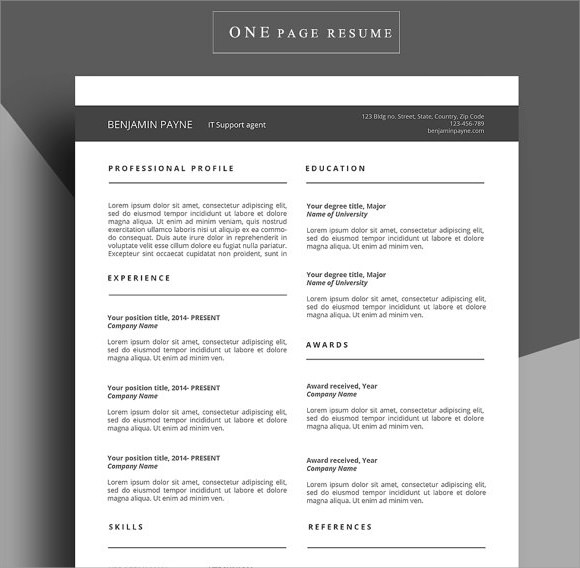
Chronological Resume Sample
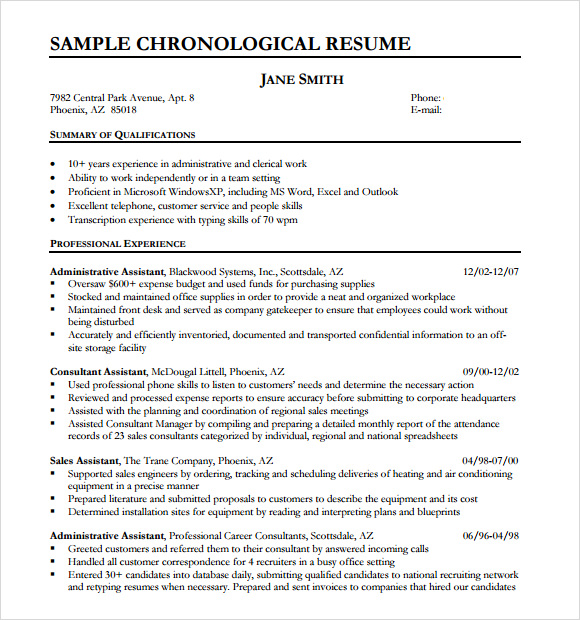
Chronological Resume Layout
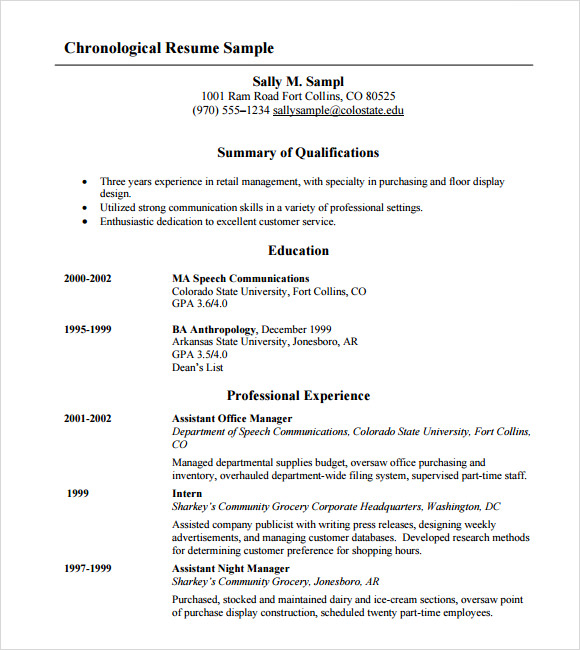
Chronological Resume Template Word
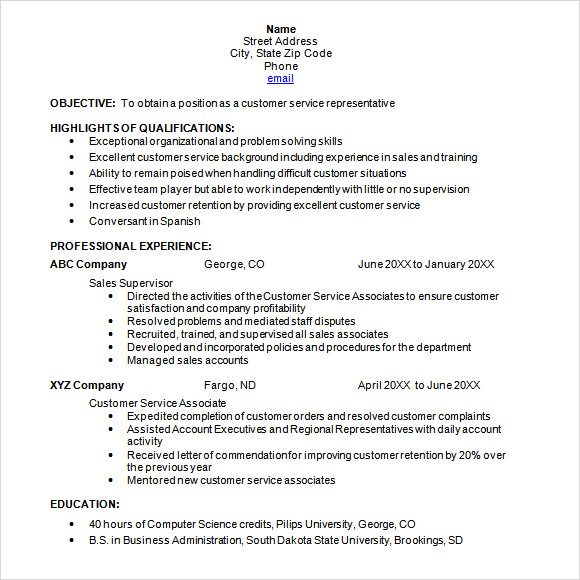
Chronological Resume Template Doc
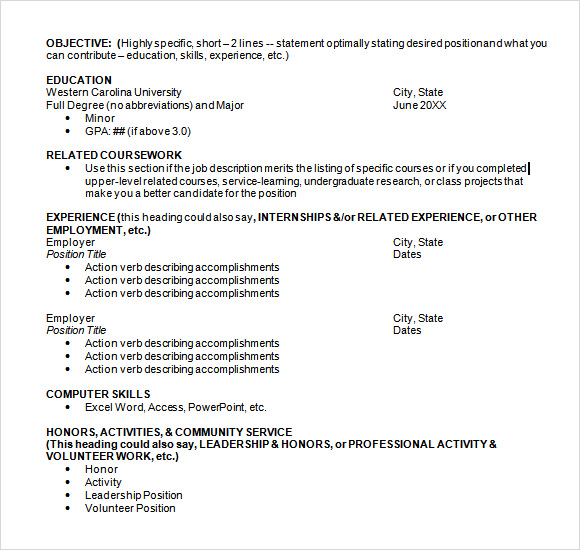
What Is a Chronological Resume?
A chronological resume is a specific type of resume layout or format that focuses on achievement and relevant work experiences. It’s a common resume format, which means most job applicants follow it in creating their resumes. A chronological resume is arguably the best format. That’s because it can clearly convey a summary of a person’s education, professional experience, and other important milestones. So, if you want to optimize your chances of obtaining the job you want, a chronological resume might be the thing you need.
How to Create a Chronological Resume
If a chronological resume is your choice of resume format, you’ve made the right decision. Your dream job might be within reach already. Now, if you don’t have any idea what a chronological resume looks like, don’t worry. We have our Sample Chronological Templates to guide you. And, of course, we also have our quick tutorial below. Read it so that you can craft a perfect chronological resume.
Step 1: Input Your Personal Information Accurately
Your resume should start with your name, birth date, gender, residential address, phone number, and email address. Those are an employer’s means of knowing who you are and how to contact you. Inputting your personal info shouldn’t be difficult. It’s an elementary step. But just make sure to input them accurately. That’s a golden rule.
Step 2: Write a Brief Summary About Yourself
It would help to let the employer hear your voice through your resume, so to speak. Do that by writing a brief summary about yourself. You can talk about your journey both as a college student and a professional. And you can also share your career objectives and aspirations with the employer. Just remember to keep it short. A single paragraph with five to six sentences will do.
If you want to open up more about yourself, you can do that in a resume cover letter.
Step 3: List Your Experience and Education from Most Recent to Oldest
Your chronological resume won’t be a chronological resume if your experience and education aren’t listed from most recent to oldest. List down all of your relevant work experience first, then followed by your educational background. In listing your work experience, start with your recent company down to your first company. And for your educational background, follow the same procedure; start with your college education down to your elementary education.
If you’re an entry-level applicant without any professional experience yet, just focus on your education as your selling point. Be honest with your resume. Don’t falsify your experience just to increase your chances of getting the job. It does more harm than good. According to an article from The Motley Fool, 75% of HR managers have detected false information in a resume.
Step 4: Enumerate Your Skills
Employers will also look for your skills. That said, make sure enumerate them in your resume as well. In doing so, you have to prioritize your technical skills—skills that are mandatory for the job. Add your soft skills after you’ve listed your technical skills.
FAQs
What resume format do the majority of employers prefer?
A chronological resume is the resume format that employers prefer. That’s because it’s easier to get a clear overview of an applicant’s background in a chronological resume.
Should a resume have two pages?
It’s not necessary for a resume to have two pages. One-page resumes will do just fine. A two-page resume is only necessary if an applicant has illustrious professional experience with lots of achievements.
What are the common resume red flags?
Here’s a list of common resume red flags that you must avoid:
- Disorganized and incohesive information
- Glaring typos and grammatical errors
- Lengthy sentences and paragraphs
- Evident job-hopping tendencies in the experience
Your chronological resume is just a simple piece of paper with information about yourself. But, it’s one of your keys to open countless doors of career opportunities. Be the first applicant to capitalize on such opportunities! Download our Sample Chronological Resume Templates now and go get your dream job.
Related Posts
Sample Security Guard Resume Templates
Sample Academic CV Templates
Sample Nursing CV Templates
Sample Warehouse Worker Resume Templates
Sample Nurse CV Templates
Sample Resume For College Student
Resume Summary Templates
Medical Student CV Samples & Templates
Fresher Resume Examples
Resume Profile Samples & Templates
Sample High School CV Templates
Sample Resume Templates
Sample Teaching CV Templates
Teacher Resume Templates
FREE 15+ Director CV Samples in MS Word | Pages | PSD | Publisher | PDF
